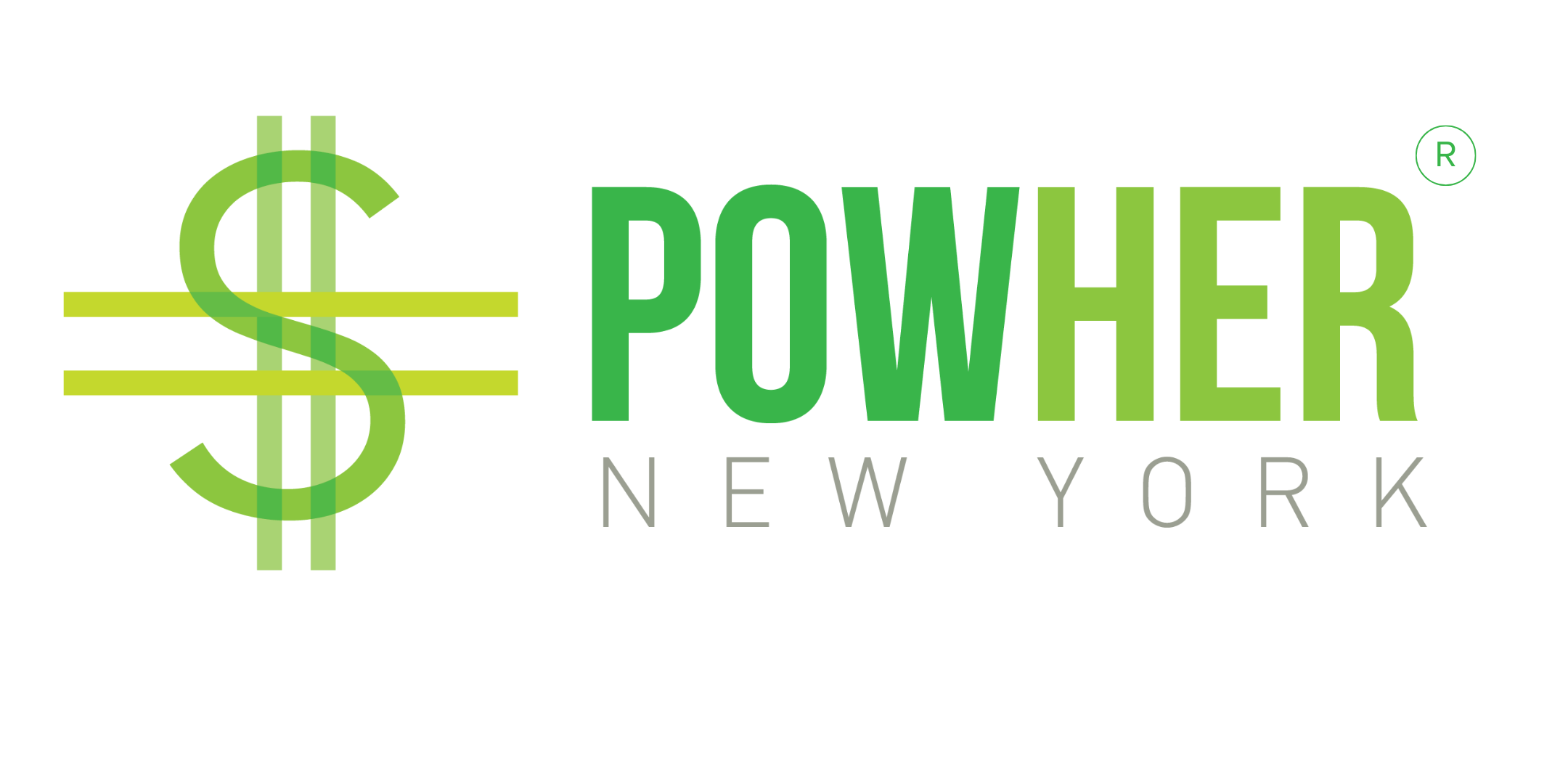Economic equity news is a weekly round-up of articles by Donna Seymour of AAUW-NYS that features our core values of poverty solutions, opportunity and access, workplace fairness, healthy lives, equal pay and representation at all tables. Sign up for our mailing list to receive this directly to your inbox.
A few states have stepped in and enacted their own paid family leave programs – California, New Jersey and Rhode Island. These laws allow workers to continue to earn a portion of their pay while taking time away from work when serious family and medical needs arise. This article features Dina Bakst, co-founder of A Better Balance and PowHer network partner.
The worn-out debate about whether women can “have it all” is misleading at best and fails to address the real issues facing American women because it’s overly simplistic. First, let’s stop pretending that work is optional for most women in America. Seven out of every 10 moms work, and for many of them, earning money is a necessity, not a choice.
- We blame women for not taking the lead in the workplace. Here’s why that’s wrong. via The Washington Post
Women enter the workforce at roughly the same rates as men, yet they are not represented anywhere near equally across all levels of organizational hierarchies. At this point, we know it’s not a matter of playing catch-up. By the 1980s, when women began graduating from colleges and graduate schools at rates similar to men and entry-level worker cohorts became gender-balanced, it was assumed that as those men and women progressed through their careers, senior ranks would begin to reflect that parity. That hasn’t happened. Women’s representation in leadership roles has been stalled at or under 15 percent in Fortune 500 companies for at least 15 years.
AAUW’s analysis of recent data from the U.S. Department of Education indicates that the gender pay gap affects women’s ability to pay off their student loans promptly. According to our research report Graduating to a Pay Gap,one year out of college women working full time are paid, on average, just 82 percent of what their male counterparts are paid.
A new study finds that bridging the gender wage gap is also about giving women the credit they deserve. Credit analytics service Credit Sesame reviewed data for 2 million of its 7 million users. The group was selected to reflect broad national distribution and a range of credit scores.
For the first time, Accenture on Monday released a detailed breakdown of the gender and ethnicity of its U.S.workforce. While many tech companies have started publishing their employee diversity stats in the past year or so, the practice remains extremely rare in other industries — including consulting. Neither PwC, Deloitte, EY, nor Bain and Co.reveal their diversity numbers in this level of detail. What’s more, IBM, another major Accenture competitor, is one of the few tech giants that still refuses to release its stats.
A new study says hiring more women in leadership roles literally pays off — big time. The study, released Monday by the Peterson Institute for International Economics, finds that companies with more women executives tend to be more profitable. This study isn’t the first to find that better gender balance in leadership can be good for business. But it is the most extensive, sampling 21,980 firms with headquarters in 91 countries. Most other studies looking at this issue have been more limited or have just focused on one country.
Donna Seymour, who hails from the (far upstate) North Country of NYS, has spent 40 plus years advocating for children, women and family issues, equity, sustainability, and social justice issues. Currently serving as the Public Policy VP for AAUW-NYS (the American Association University Women), she is also a member the League of Women Voters, the Equal Pay Coalition, PTA, NOW, and Planned Parenthood, just to name a few.


